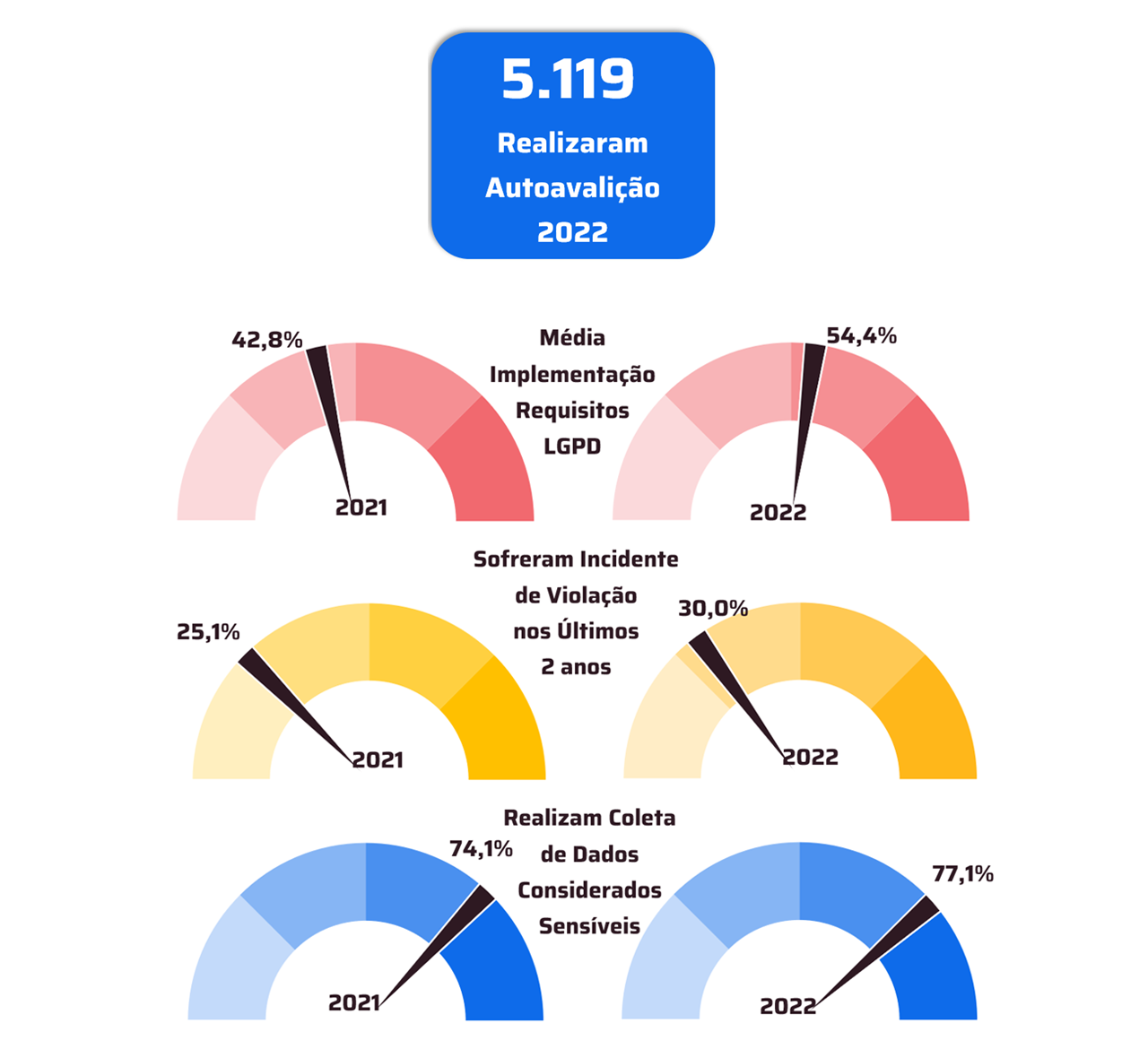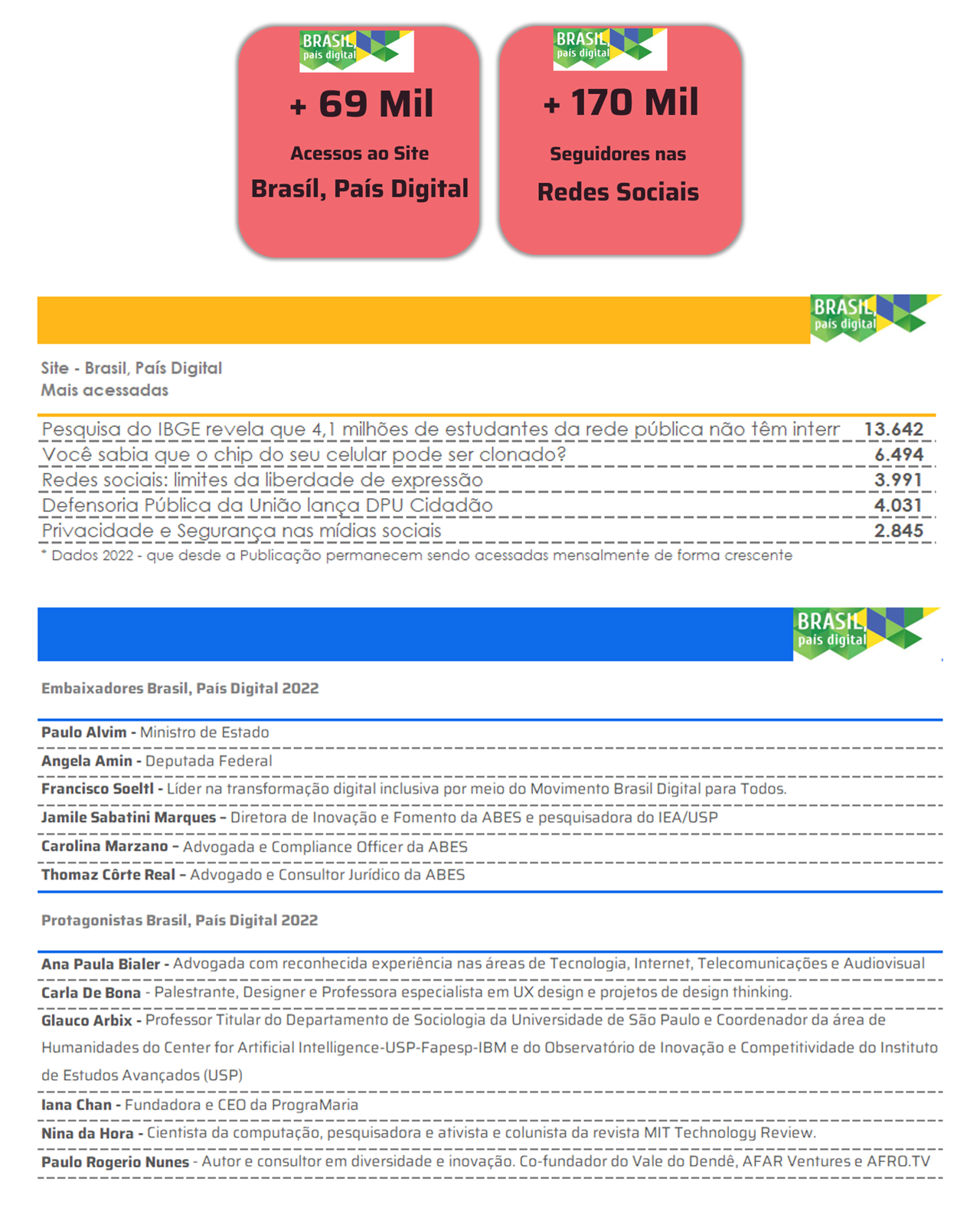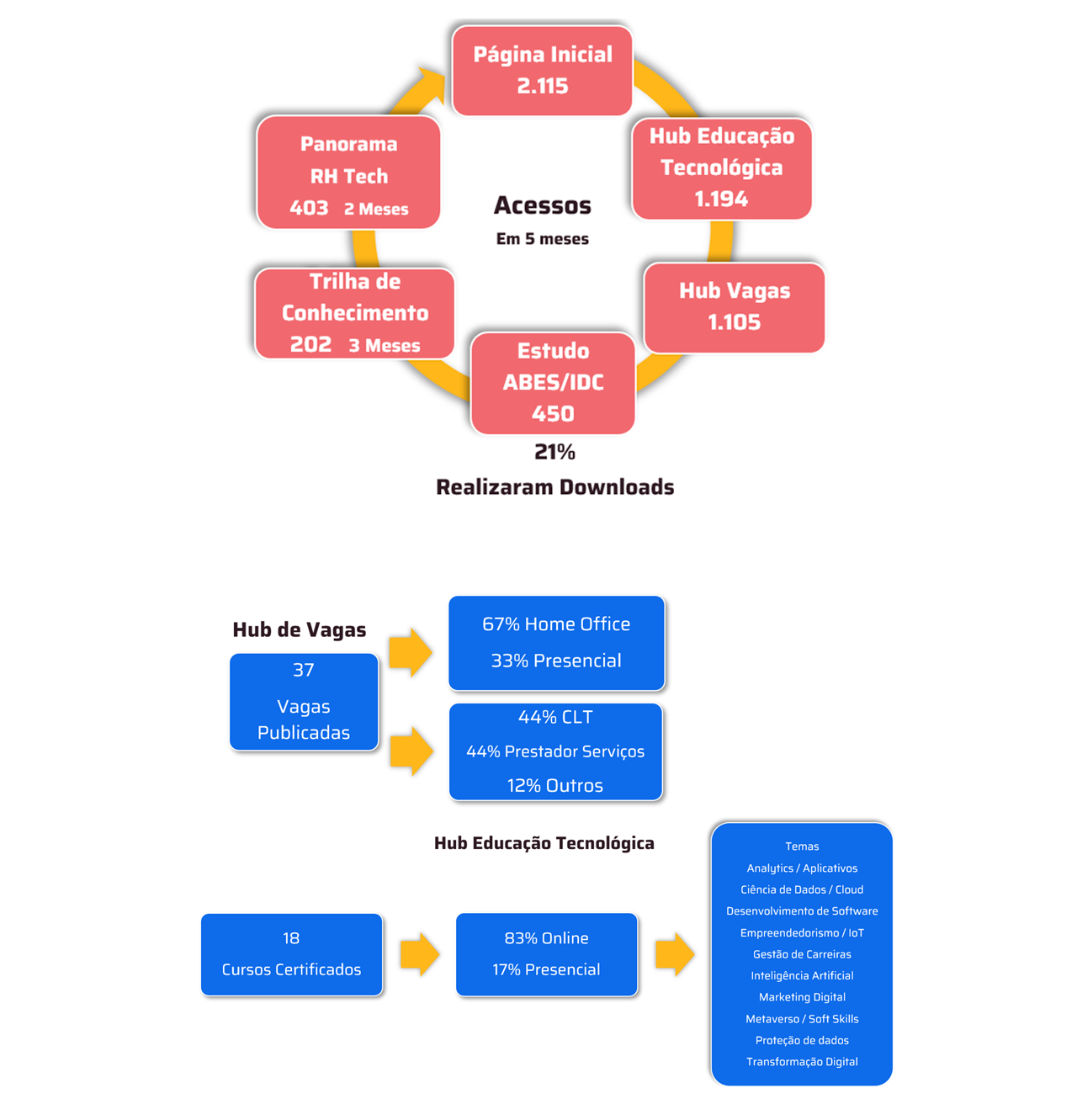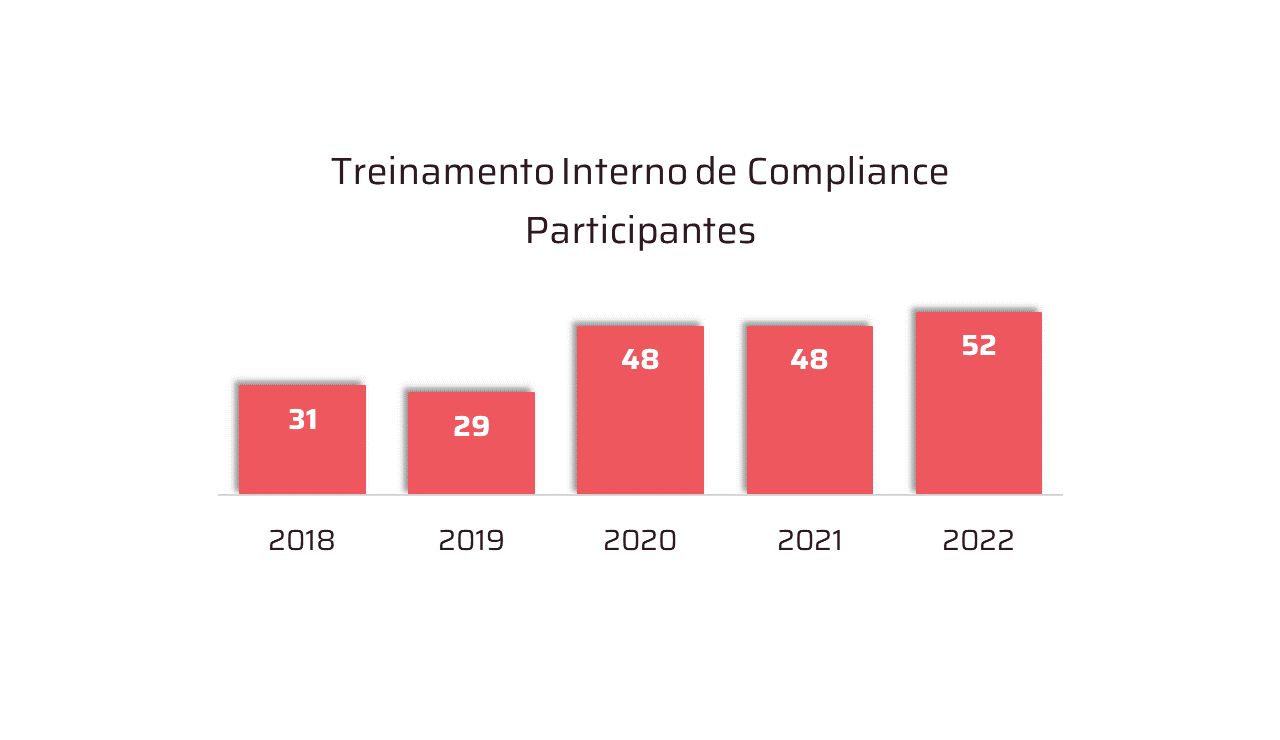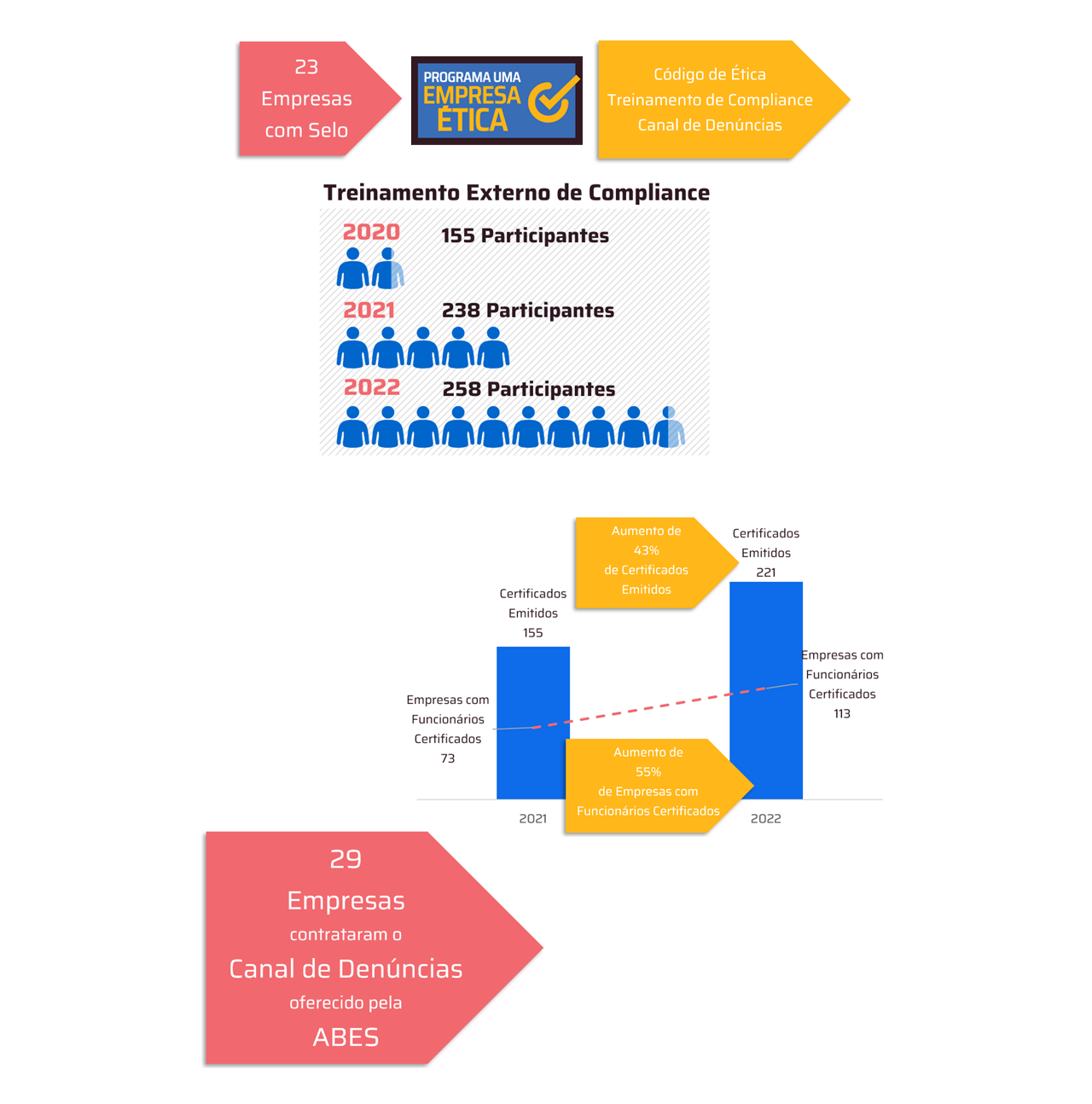Adobe Acrobat's AI assistant optimizes PDF reading and analysis, generating summaries and answering questions about the content in seconds.

Studying syllabi for hours, highlighting texts for hours, and searching for terms with the famous "Ctrl + F" are part of the routine of any college student or civil service exam candidate. Now, a new generation of artificial intelligence tools can transform this dynamic. A virtual assistant integrated with PDF readers, for example, can interpret, summarize, and contextualize complex documents in seconds, helping people increase productivity and dedicate more quality time to other tasks.
Adobe, recognized worldwide for creating the PDF format, has integrated an AI assistant into Acrobat that goes beyond simple keyword identification. The feature understands natural language questions, generates automatic summaries, and helps users quickly find the important information in long documents. In practice, it transforms a static file into an interactive learning platform.
"Our goal is to make it easier for people to interact with the information they use in their daily lives, whether for school or work. With Acrobat's AI Assistant, students and professionals can transform complex documents into accessible content, using reliable and secure artificial intelligence to optimize their time and focus on what really matters: learning and development," says Maria Clara Fleury, Marketing Director for Latam at Adobe.
The functionality, already available in Portuguese, meets a key need for a variety of profiles. Candidates dealing with extensive legislation and detailed notices can directly ask the document: "What are the topics covered in this notice?" or "What does Article X of the Constitution say?", receiving contextualized answers, always based exclusively on the files provided by the user. Unlike many AI solutions that can generate inaccurate answers—so-called "hallucinations"—Acrobat's assistant ensures accuracy and reliability. For university students, the tool optimizes the reading of scientific articles and book chapters, generates summaries with the author's main arguments, and even assists in the construction of presentations and academic papers.
Check out five practical applications of AI in the learning journey with tips and prompts to start using:
.1. Chat with your files (up to 10 at once)
With Acrobat's AI assistant, PDFs are no longer static files but become true study or work partners. The tool allows you to directly interact with up to 10 documents simultaneously: simply type a question, as in a chat, and the AI responds based solely on the content of these files. Unlike other solutions, Acrobat's AI doesn't search for information online, and its answers are always based on the submitted material. This makes the experience safer and more efficient, helping you understand complex concepts, locate information quickly, and avoid tiresome rereading.
- Generate automatic summaries quickly
Ideal for reviewing before exams or preparing for a class, this feature identifies and summarizes key topics in a document, even in dense texts like scientific articles and legislation, and other files up to 600 pages long. All in a matter of seconds.
- Forget Ctrl+F: Find what matters, with context
Instead of navigating through dozens of irrelevant occurrences of a word, the user can ask, "What are the arguments against this thesis?" or "Where is the author's conclusion?" AI locates answers clearly, contextually, and precisely within the text—a useful feature for long documents like dissertations and public notices.
- Test your knowledge in real time
Interaction makes learning more active. AI can guide students through important topics, allowing them to test their understanding by asking questions and validating their answers based on the material. An example command is: “Create three questions about the main concepts in this document to test my knowledge”
- Digitize your notes and turn them into searchable PDFs.
Those who study with handwritten notes also benefit. With the free Adobe Scan app, you can scan handwritten notebooks and summaries. The app recognizes the text and converts it into a searchable PDF, which can then be accessed by the AI assistant in Acrobat. This functionality integrates analog and digital learning, centralizing the material in an organized and accessible way. Furthermore, the tool assists students who need to do manual work and submit it digitally.
About Adobe Acrobat:
Recognized globally for its creative and digital solutions, Adobe empowers individuals and businesses to transform ideas into visual and interactive experiences. Founded more than 40 years ago, the company leads the market with breakthrough technologies that enable people to create, share and personalize impactful digital experiences.
Created by Adobe, Acrobat is the leading global solution for creating, editing, managing, and collaborating on documents in PDF (Portable Document Format) – an open standard developed by the company itself. With features ranging from file conversion to text and image editing, form filling and signing, and advanced document protection, Acrobat also features a built-in artificial intelligence assistant that lets you interact with PDF content like a chat, answering questions based solely on the information in the file.
Know more: https://www.adobe.com/br/acrobat
LinkedIn: www.linkedin.com/company/adobe









